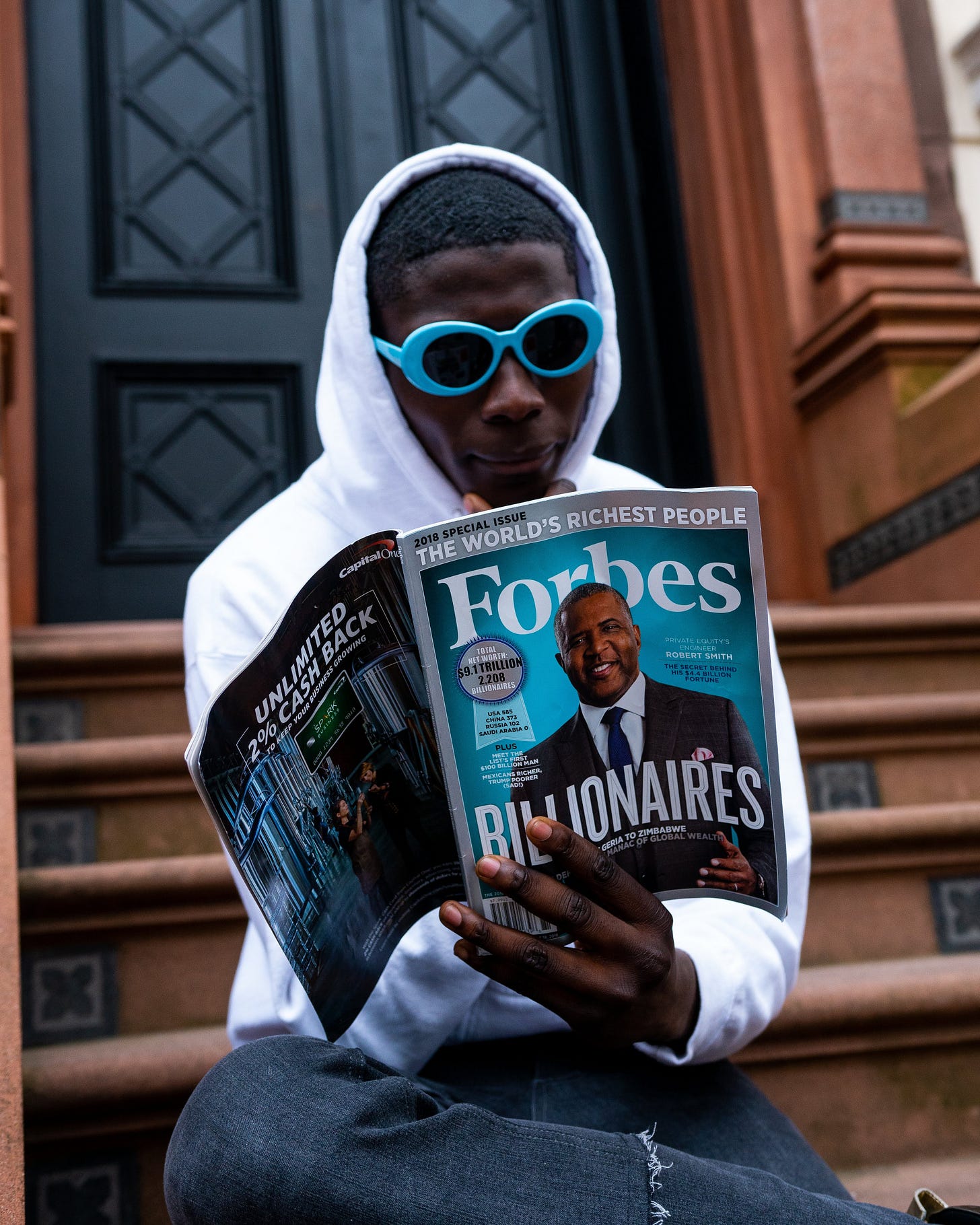Lesson 2: There is A Science of Getting Rich
Desire is possibility seeking expression or function seeking form - Wallace D. Wattles
This chapter is a long one to study and so I will explore it in two posts and go into more detail as to the teachings in the next newsletter. I used to wonder why two people in the same sort of business in the same location can have entirely different outcomes until I read this book and studied to understand why this was so.
In the 2nd chapter the author talks about the actual science behind getting rich and though very simple if you understand it, it took me years to finally understand what this science is. He writes many times that the science of getting rich is doing things in a Certain Way and not doing certain things. What is this Certain Way that is being talked about and if it is so easily accessible to all why is it so convoluted. My mentor Bob Proctor was the guide in helping me understand this and in ways that made this text all the more appealing.
I struggled to understand what this Certain Way is until lessons with Bob Proctor shed more light on this, for this Certain Way of doing things was working with the 12 spiritual Universal Laws and specifically 7 out of the twelve. So why didn’t Wallace Wattle just come out right to say this?
What I had forgotten was that in the introduction Wallace Wattles clearly states that he wasn’t going to go into the spiritual aspect of this science and gives the reader sources that whoever is interested can read for themselves. My understanding of these laws and how to work with them helped me look at things in a different light and approach experiences very differently as well. Here are the laws in question and in no particular order:
Law of Perpetual Transmutation - Energy moves into physical form meaning the images we hold in our minds and get emotionally involved with most often materialise into results in our lives.
Law of Cause and Effect - Whatever we send out into the universe will come back as action and reaction are equal and opposite. When we put in a lot of work in something that we really desire no matter how long it takes we will see the fruits of our labour.
Law of Polarity - Everything has an opposite, hot - cold, wet - dry. Whenever we encounter a bad situation or personality let’s look for the good out of it for there is always an opposite to what we perceive.
Law of Rhythm - This law is about the cycles in life, night follows day and so do good times follow bad ones. No one cycle lasts forever so when there is down cycle we can be rest assured that the tables will soon turn.
Law of Vibration - everything vibrates and nothing rests and our conscious awareness of vibration is what we call feelings. These guide us to either move forward toward a desire or stay in our comfort zones.
Law of Gender - Every seed has a it’s time for germination. An idea is a spiritual seed that will also manifest into reality when the time is right.
Law of Relativity - Nothing is good or bad, big or small, cold or hot, until we relate it to something. It’s worth noting that everyone we meet in life will be better at something than we are and we will also be better at something than everyone we meet.
These laws got me thinking and approaching my work and relations in a different way. The book also shows the necessity of doing things is this Certain Way and in dealing with our fellow men if we want to get rich. It doesn’t really matter what we do as long as it’s honest work and we work with the laws. We can become rich cleaning floors as much as we can become rich working on Wall Street it all depends on the way we do the things required to realise our goal because like causes produces like effects. By beginning where we are currently, doing things in a Certain Way we start living in harmony with the laws of the Universe which are always working. So how does this sit with you and are you aware of working with the Universal Laws. I’d love to hear your thoughts on these so kindly share in the comments section.
Journal Prompt: What do you understand by Desire is possibility seeking expression?






